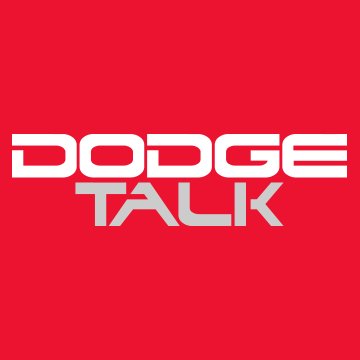First post, adding info to this thread to help others...
I just successfully did this repair today to address a p2017 code on a 2008 Dodge Avenger SE.
I faced the same problems as you guys:
1. Is it the actuator or the whole intake manifold? It's a lot cheaper and easier to get the actuator module.
2. Do I have to get my cars computer reprogrammed after?
First, the good news - The repair is relatively easy. And you DON'T have to go to the dealer for reprogramming.
The bad news - You probably will have to replace the whole thing. I'll explain why.
My problem was two-fold, both the intake manifold runner and the actuator module were defective.
I had to replace the entire assembly. Total cost - $250 for the assembly from eBay and a couple of hours work.
Test your actuator first, remove it and try to turn it with needle nose pliers. It may be just fine or you could free it up with wd-40.
BUT - If you detect any clicking or "sticking" as it turns, it is defective. No amount of wd-40 will help that, it's worn out inside.
Mine had a "flat" spot as it turned, it was trying to stop about halfway back through its return movement.
In comparison, The new replacement module turned freely and snapped smoothly back to its spring loaded position without any hesitation.
Next, try turning the end piece of the runner control rod that the module attaches to. It should only rotate a very small amount.
More importantly though, try to pull it in/out. Gently - you're only trying to see if the runner inside will move side-to-side in its housing a little bit.
If you pull too hard that little piece will come out, it's only stuck in there with a small o-ring.
That piece should be in there firmly, and you shouldn't be able to move it in/out. If you can feel movement, then your runner is probably moving inside.
The first two pictures show this little piece and the runner it attaches to inside.
Which brings us to the reason these intake manifolds require replacement, rather than repair or cleaning.
The problem lies in the design, as I found when I compared the new manifold to the old one I had removed.
The runners on both manifolds seemed to rotate freely with the flaps moving about 30-40 degrees.
However, the defective one exhibited a little bit of side-to-side movement.
The new one did not show ANY side-to-side movement at all.
I removed the small piece the connects to the actuator by simply pulling it straight out of the intake manifold.
On the inside, there are four flaps, each connected to a rod that runs the width of the manifold. As the rod turns, so do the flaps.
The rod/flaps are sandwiched between the outer plastic housing of the manifold and an inner plastic retaining housing that holds everything in place.
The inner plastic housing is held in place with two torx screws and pops right out, as you can see in the third pic.
There are five bearing surfaces on which the rod turns, they fit between the two plastic halves of the manifold housing.
The real problem is seen in the forth pic:
Each end of the rod has a small sealed METAL bearing, these were just fine, despite the carbon build-up..
But the pieces that fit in-between each of the flaps are just rubber rings on plastic clips, through which the rod turns!
Mine had not only worn out, but one had jumped entirely out of position, causing the rod to bind against the inner housing so it couldn't move freely.
If Chrysler had invested in 3 more metal bearings rather than these cheap rubber rings, these things wouldn't be failing, They could simply be cleaned.
There you have it. It costs $250 and up to replace this whole thing...for the sake of a lousy 10 cent rubber bearing!!!
After the install I cleared the codes with a cheap OBDII scanner and let the car run for a couple of minutes.
No more codes, no more problems. No reprogramming needed and the idle seemed to adjust itself just fine.
Tested it out and I'm still getting 34MPG, same as before.
Hope this helps someone. Good luck!




